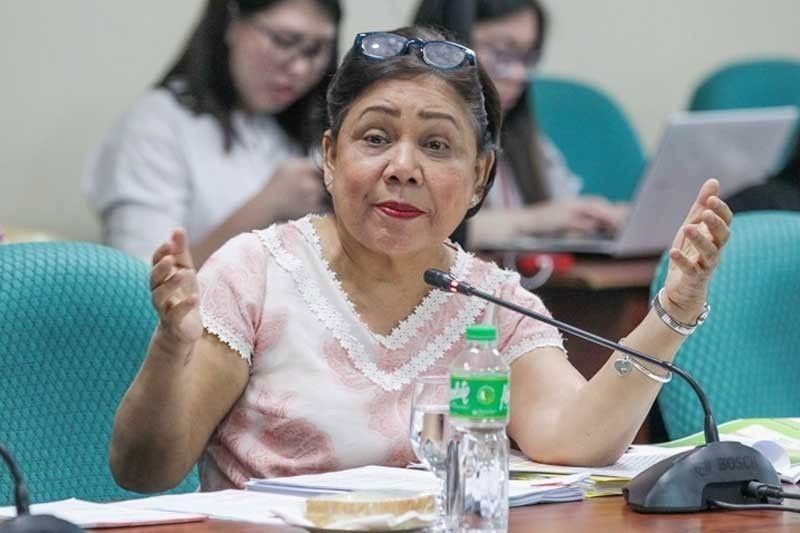‘Destruction of wildlife habitats linked to spread of diseases’

MANILA, Philippines — Sen. Cynthia Villar called for stricter implementation of environmental laws especially in protected areas that serve as natural habitats for wildlife, including endangered animals that contribute significantly to biodiversity.
The chair of the Senate committee on environment and natural resources before the weekend warned that the continuous destruction of wildlife habitats and biodiversity losses contribute to the spread of infectious diseases.
“The fact that they are called protected areas should already warn people about their importance. They are the natural habitats of wildlife, which should not be damaged or destroyed, but protected instead, not only for the animals’ sake but for our sake as well,” she said.
She said the destruction of natural habitats has been linked to the spread of infectious diseases such as Ebola, human immunodeficiency virus, swine fever and avian flu.
More than two-thirds of these diseases originate in animals, and about 70 percent come from wild animals, or what is referred to as zoonotic diseases, she said.
Citing reports from the Wildlife Conservation Society, she said habitat loss forces animals to move to areas populated by people, who become exposed to the pathogens of animals that in turn spread viruses.
The group mentioned the Nipah virus outbreak in Malaysia in the late 1990s. Deforestation drove fruit bats to transfer from their natural habitat to trees in pig farms. The pigs came into contact with bat droppings and became infected. The pigs then infected farmers.
What makes the issue important, Villar said, is because the Philippines is one of the world’s 17 megadiverse or biodiversity-rich countries, which host two-thirds of the Earth’s biodiversity and contain about 70 to 80 percent of the world’s plant and animal species.
“We need to not only create awareness about biological diversity, but to take action about its protection because any damage or loss will cost too much for a country such as ours. There is so much at stake and we become vulnerable to the adverse side effects if we do not commit to taking care of our environment,” she said.
She said the Philippines is biodiversity-rich but is also among the world’s biodiversity hotspots or those areas experiencing high rates of habitat loss.
Hotspots have lost around 86 percent of their original habitat and are also considered to be significantly threatened by extinction induced by climate change. Many areas in the country remain under-protected, which include wetlands, marine sanctuaries and tropical forests, she said.
Villar led legislative efforts to amend Republic Act 7586 or the National Integrated Protected Areas System (NIPAS) Act of 1992.
The law provides the legal framework for the establishment and management of protected areas in the country. NIPAS refers to the classification and administration of all designated protected areas to preserve genetic diversity and to maintain their natural conditions to the greatest extent possible. The Expanded NIPAS Act was passed in 2017 to include more areas.
“The more natural habitats we protect, the lesser the loss in biodiversity and the better it is for wildlife. In turn, there are less chances or risks from zoonotic diseases. Wildlife protection can stop another virus outbreak or even a pandemic. That is more than enough encouragement or incentive for us to do our part,” she said.
The original NIPAS law covered 13 protected areas. The Expanded NIPAS Law facilitated the legislation of 94 more protected areas to bring the total to 107.
At least six of these are internationally recognized: the ASEAN Heritage Sites Mount Timpoong-Hibok-Hibok and Mount Iglit-Baco, Malaysia-Philippines Heritage Parks, Turtle Islands Heritage Protected Area, Ramsar Sites Agusan Marsh, Las Piñas Paranaque Wetland Park and Olango Island.
- Latest
- Trending
































